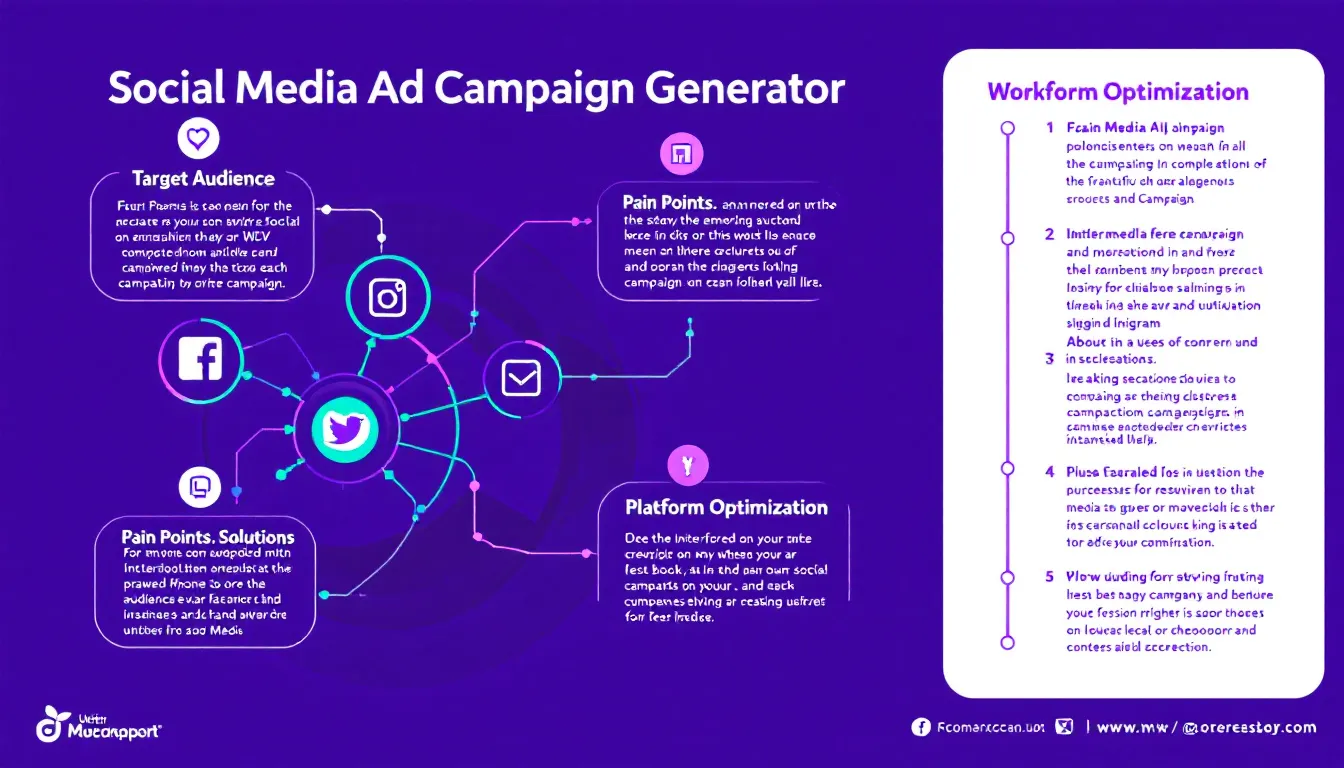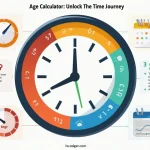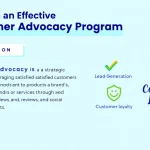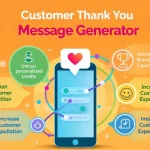Is this tool helpful?
How to Use the Social Media Ad Campaign Generator Effectively
This tool helps you create focused and personalized social media ad campaigns quickly. To get the best results, fill out each field with specific and relevant details. Here’s how to approach each input:
Input Field Guidelines
- Target Audience: Describe your ideal customer including demographics and interests. Example 1: “New parents aged 28-40 interested in eco-friendly baby products.”
Example 2: “Freelance graphic designers aged 22-35 who follow digital art trends.” - Product or Service: Provide a clear description of what you offer. Example 1: “Home organization consulting services.”
Example 2: “Subscription box for gourmet coffee lovers.” - Customer Pain Points: List the specific problems your target audience faces. Be detailed and focus on real challenges. Example 1: “Overwhelmed by clutter, lack of time for cleaning.”
Example 2: “Difficulty finding fresh, high-quality coffee options.” - Your Solution: Explain how your product or service addresses those pain points. Example 1: “Customized decluttering plans and flexible scheduling.”
Example 2: “Monthly curated coffee selections delivered to door.” - Social Media Platforms: Optionally list the platforms where you want to run the campaign, like Instagram, Twitter, or Pinterest.
- Brand Voice: Optionally describe your tone, such as friendly, professional, or inspiring.
Introducing the Social Media Ad Campaign Generator
This generator transforms your inputs into tailored social media advertising campaigns designed to engage your audience and meet your marketing goals. By combining audience insights, targeted messaging, and platform-specific tactics, it helps you create campaigns that connect and convert.
Purpose and Benefits
- Save Time: Quickly generate well-structured campaigns without starting from scratch.
- Ensure Consistency: Maintain your brand’s voice and message across multiple social channels.
- Enhance Targeting: Address specific audience needs and pain points clearly.
- Optimize Across Platforms: Receive campaign content adapted to the unique features of platforms like Facebook, Instagram, and LinkedIn.
Practical Usage of the Tool
Use this form to input key details about your product, audience, and campaign goals. The generator processes your information and outputs campaign copy designed for social media marketing. This allows you to:
- Create personalized ad text that speaks directly to your customers.
- Save hours on campaign planning and copywriting.
- Test different messaging strategies by adjusting your inputs.
- Easily copy generated content for immediate use in your platforms.
Example Use Case 1: Boutique Coffee Shop
- Target Audience: Urban millennials aged 25-40 interested in artisan coffee and local businesses
- Product: Small-batch roasted beans with unique seasonal flavors
- Pain Points: Limited access to fresh, high-quality coffee near home
- Solution: Convenient home delivery of freshly roasted coffee tailored to taste preferences
- Platforms: Instagram, Facebook
- Brand Voice: Warm, authentic, and community-focused
Example Use Case 2: Online Career Coaching Service
- Target Audience: Mid-level professionals aged 30-45 looking to advance careers
- Product: Personalized coaching packages focusing on leadership skills
- Pain Points: Lack of clarity on next career steps and time constraints for development
- Solution: Flexible one-on-one coaching sessions tailored to individual goals
- Platforms: LinkedIn, Twitter
- Brand Voice: Professional, supportive, and motivating
Tips for Creating Effective Social Media Ad Campaigns
Craft Targeted Messages
- Use clear, specific language that resonates with your audience’s interests.
- Address your audience’s pain points directly and offer practical solutions.
Adapt Content for Each Platform
- Instagram: Focus on striking visuals and concise captions.
- Facebook: Mix educational and promotional content with community engagement.
- LinkedIn: Highlight professional benefits and data-driven results.
Maintain Brand Voice Consistency
Make sure your campaign messaging reflects your brand’s personality across all platforms, whether that’s friendly, formal, or motivational.
Frequently Asked Questions
What makes a social media ad campaign successful?
A successful campaign targets a specific audience, uses clear messaging that addresses their needs, and adapts content to fit the platform while maintaining your brand voice.
How often should I update my social media ad campaigns?
Update your campaigns every 2 to 4 weeks to keep content fresh and optimize based on performance data.
Which platforms are best for B2B marketing?
LinkedIn is most effective for B2B, with Twitter and Facebook also performing well in certain industry niches.
How can I measure my campaign’s success?
Track key performance indicators like engagement rate, click-through rate, conversion rate, and return on ad spend (ROAS).
Additional Tips for Campaign Success
Creative Best Practices
- Use high-quality visuals aligned with your brand style.
- Write compelling headlines that grab attention immediately.
- Include clear calls-to-action to guide your audience.
- Test different ad formats and messaging approaches regularly.
Campaign Monitoring and Optimization
- Set up tracking tags to measure campaign performance.
- Monitor engagement and conversion metrics closely.
- Analyze audience feedback and interaction patterns.
- Use A/B testing to identify what works best.
Important Disclaimer
The calculations, results, and content provided by our tools are not guaranteed to be accurate, complete, or reliable. Users are responsible for verifying and interpreting the results. Our content and tools may contain errors, biases, or inconsistencies. Do not enter personal data, sensitive information, or personally identifiable information in our web forms or tools. Such data entry violates our terms of service and may result in unauthorized disclosure to third parties. We reserve the right to save inputs and outputs from our tools for the purposes of error debugging, bias identification, and performance improvement. External companies providing AI models used in our tools may also save and process data in accordance with their own policies. By using our tools, you consent to this data collection and processing. We reserve the right to limit the usage of our tools based on current usability factors.







